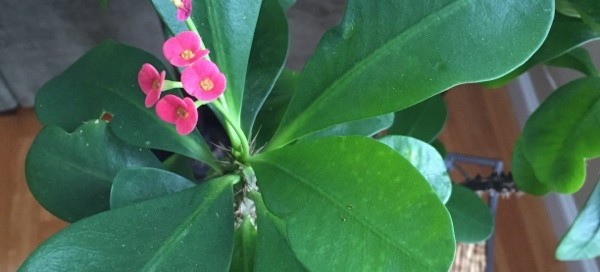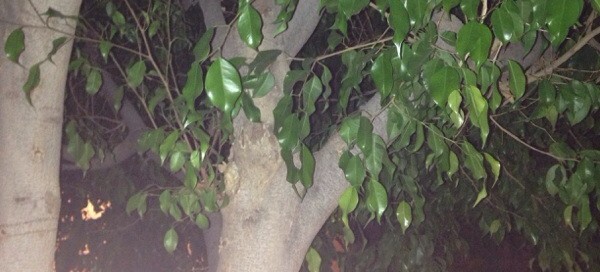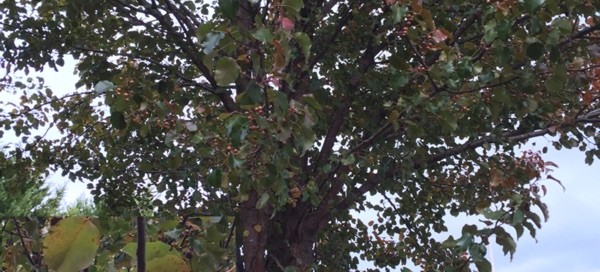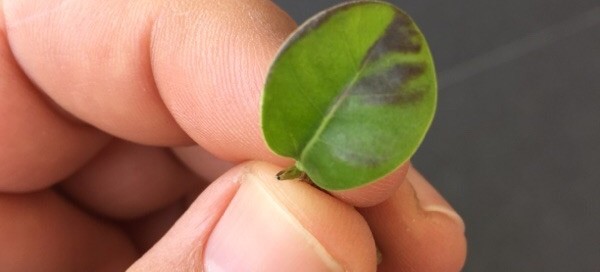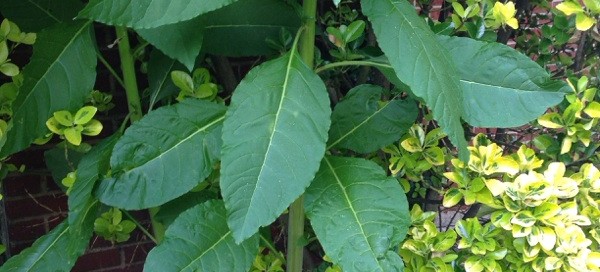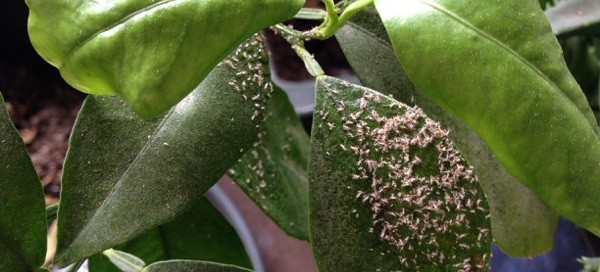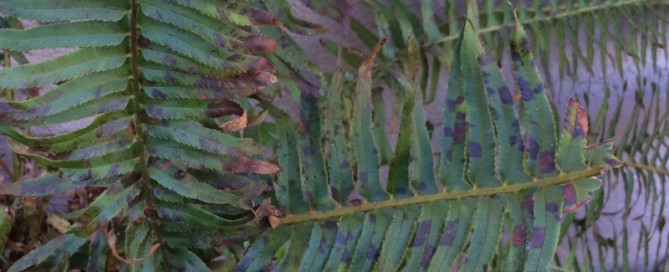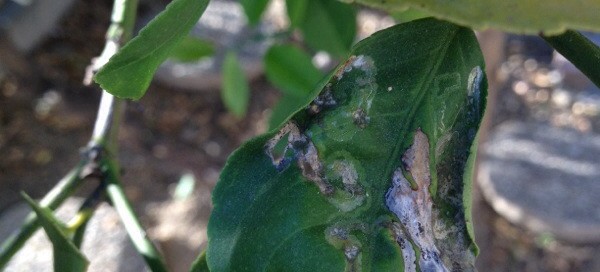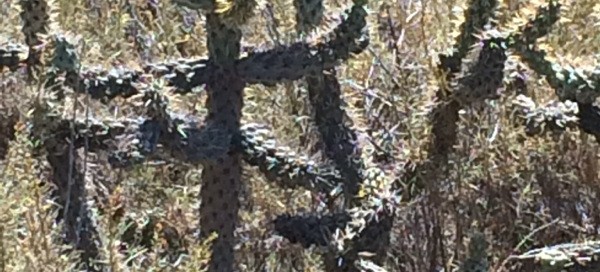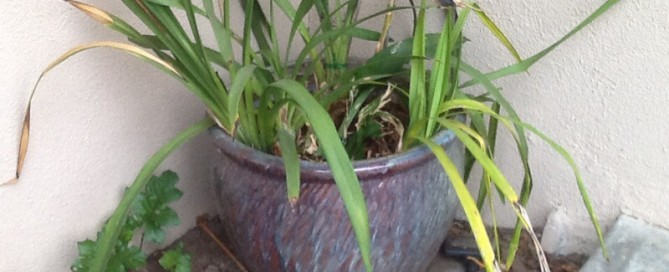Crown Of Thorns
Here are a few care tips and information about your crown of thorns plant. Euphorbia milii, is a succulent plant in the same family as the poinsettia, the thorns cover stems that ooze latex sap when cut. This is a common characteristic of euphorbias and is not a sign of disease. Use gloves when handling this plant to protect your skin from both the thorns and the sap. Indoors needs bright, indirect light and water only when soil feels dry to the touch down to the first knuckle. Outdoors provide full or partial sun and water sparingly. Does not tolerate frost. Flowers may be red, yellow, pink or white, or variegated, depending on the cultivar. Feed with a slow-release or organic fertilizer formulated for blooming container plants.
